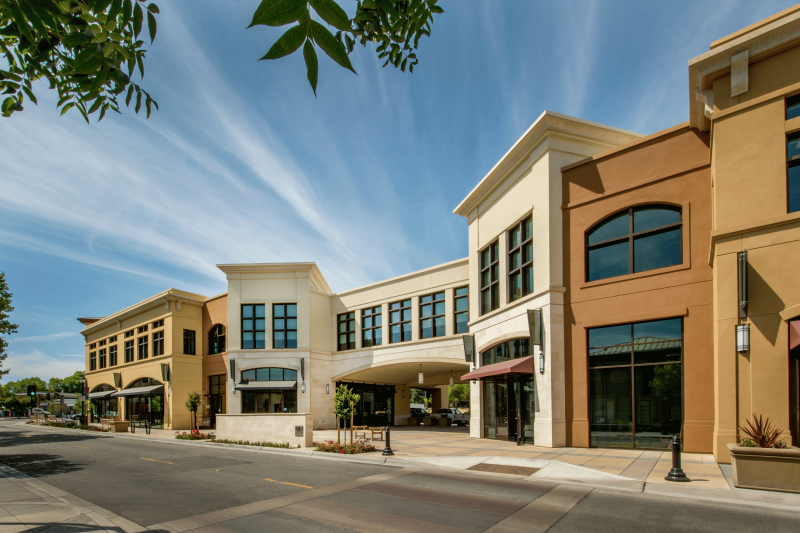If you have recently purchased an older house and are looking at replacing the fence, it’s important to check if the fence is super 6 asbestos fencing.
Super six fencing was used by fencing contractors from 1950’s to around 1985, after which it was replaced by a very similar looking fencing product, also known as hardifence.
In this blog we explain how you can tell the difference between super six asbestos fencing and hardifence, as you don’t want to make the mistake of thinking your fence is hardifence when it is in fact super six asbestos fence.
1950 to 1985: Super 6 asbestos fencing
Asbestos super 6 fences are white to grey in colour and were installed in just about all residential houses to create privacy and separation from the 1950’s to 1985. It is a durable and strong barrier, although due to its asbestos cement base it is extremely heavy. As it contains asbestos fibres, we recommend you remove and dispose of it correctly.
1985 onwards: Hardifence
Hardifence, created by James Hardie’s HardieFence business, entered the market in 1985 to replace super six asbestos fencing. It is made from cement fibre sheets and aluminium capping, making it extremely heavy, long lasting, and like the strength of super 6 asbestos fence. Hardifence is identical on both sides and you have the option to paint it whatever colour you like. In March 2019, there was a spike in new players entering the market, such as colorbond, which saw James Hardie make the decision to discontinue the product.
7 Key difference between super 6 asbestos fencing and Hardifence
Super 6 fence and hardifence look almost identical to the untrained eye. In saying this, there are key differences between the two types of fencing – here are 7 differences to consider when trying to decipher the difference:
1. When the fence was built
How old is the residential or commercial property? If you are not sure you can contact the council. This isn’t always going to be an accurate way to tell the type of fencing material as the fence may have been remade since the house was built.
2. Count the number of ridges
Super six asbestos fencing panels were built to have 7 ridges. Hardi fence sheeting, on the other hand, is built with 5 ridges. However, there are forms of super six fencing which are in fact asbestos free as they were built after the 1980’s.
3. “Made without asbestos” marked on the fence panels
In the early days, hardifence was marked on a section of the fence sheet with the words “made without asbestos” or a similar type of marking to make it clear that the fence is asbestos free, whereas super 6 fence has no mark.
4. The surface looks and feels different
The surface texture of a super six asbestos fence has snake like skin, whereas hardifence has visible dimple marks.
5. Different fence capping
When super 6 fencing was installed it was usually fitted with a fibre cement capping. Hardifence on the other hand, has aluminium capping. However, not all fences have capping, especially the earlier versions of the super 6 fencing.
6. Check if it’s fastened together
Hardifence is generally not fastened together, and if it is, it is with the use of clips under the metal capping, whereas asbestos fence sheets are generally fastened with diamond washers and bolts in top and bottom of each sheet.
7. Layered vs. consistent material
If the fence is broken, have a look at the breaking point. Super 6 asbestos fence will look like a consistent and dense material, whereas hardifence is more layered and looks like paper mache. If the fence is not broken, we do not advise that you break it! This method of deciphering the difference should only be used on a fence that already has a breakage.
Asbestos fence identification
While this blog can help homeowners to determine whether their fence is super six asbestos cement fencing or hardifence, the most accurate means of testing is speaking to an asbestos professional. At Rapid Asbestos we have over 15 years experience removing and disposing of asbestos from residential and commercial properties in Western Australia.
Generally, we will know if the material is asbestos sheeting or not just by looking at it, however, if there is any uncertainty whatsoever, we can take a sample test to test in the lab. Get in touch with our friendly team today test your materials. If you book a sample test through Rapid Asbestos Removals and we end up completing the asbestos removal job for you, then the sample test will be free.
Super 6 asbestos fence services in Perth
We deliver our full range of services to residential and commercial properties in Perth. Our service range at Rapid Asbestos Removals include:
Contact us for more information on the above asbestos services today.
Frequently asked questions
Super 6 asbestos fencing was discontinued in 1985 due to it containing dangerous asbestos fibres, however it can still be present in a lot of older houses.
In March 2019, James Hardie discontinued the hardifence product due to a decrease in demand as other brands, such as Colorbond, took over the market.
You may find Super Six asbestos used on your roof or as your fence. This is more likely if your property was built between 1950’s to 1985.
If your property was built in Perth anytime between the 1950’s to 1985 it is very likely that it has an asbestos fence and other asbestos products, i.e. roofing.


